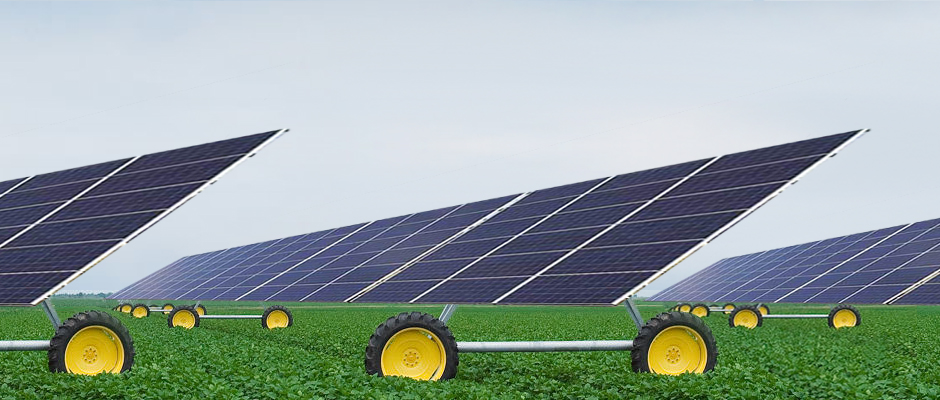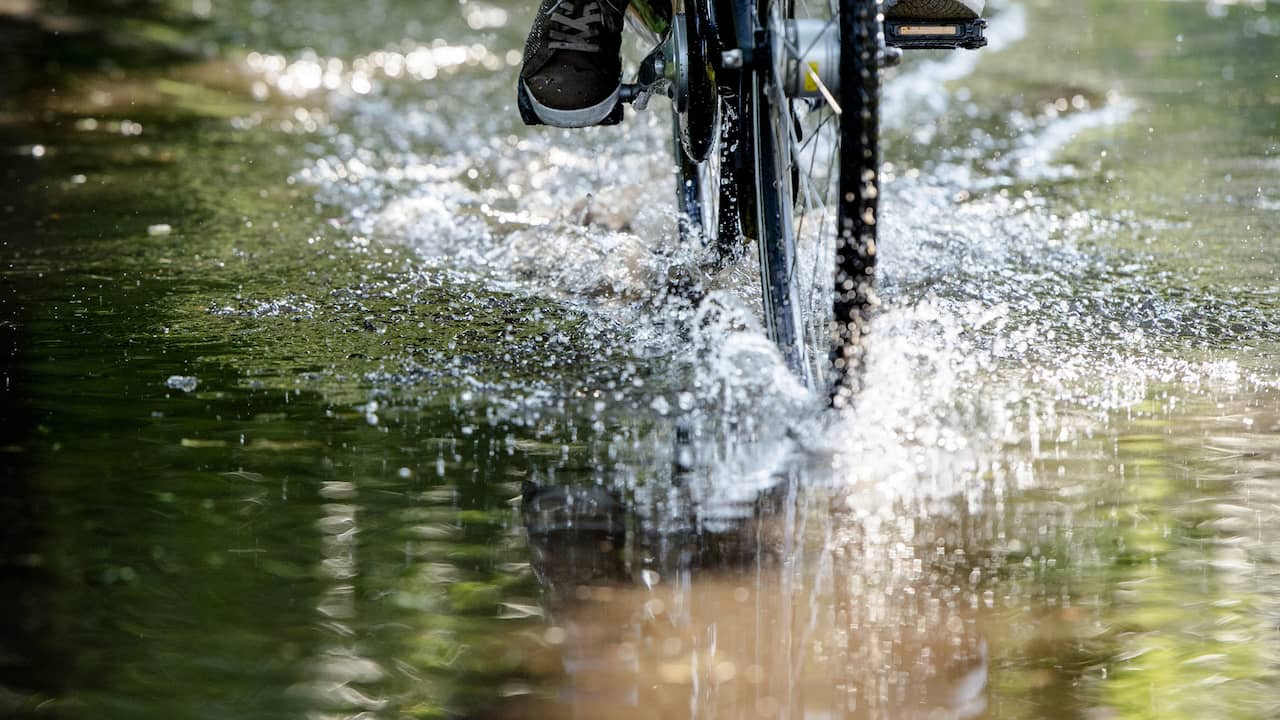–
Plants get energy from sunlight through the process known as photosynthesis. Scientists of the Cambridge University he managed to generate power in the same way. For what they use floating artificial leaves. The original model dates from 2019. It was much thicker, with thicker anti-humidity coatings. The new energy blade is 15 times thinner and can therefore float.
“We have been inspired by advances in the electronics industry and have tried to take a similar approach in our field. That’s why we switched to lightweight solutions that helped us create a device that not only works but also looks like a real leaf, “explains Dr. Virgilio Andrei outside. Works in Yusuf Hamied’s Department of Chemistry at Cambridge University and is a co-author of the study.
 —
—
Hydrogen collection with H2arvester mobile solar panels
The active part of the artificial leaf is a square. Photosensitive cells, including those made from perovskite, also used in solar panels, convert CO2 to synthetic gas; syngas. The gas is collected in a plastic bag. The leaf can also split water into oxygen and hydrogen. Syngas is seen as an alternative to current fuels.

–
Key element
Syngas is a compound of hydrogen, carbon monoxide and carbon dioxide. Since the beginning of this research project, researchers have focused on this gas, because it can have the greatest impact in the short term. In fact, it mainly acts as an intermediary for the production of other fuels, such as methanol and liquid fuels. It is also good to use in the manufacturing of plastics and pharmaceuticals.
Andrei: “Syngas is a key element. For example, it is the basis for the synthesis of liquid automotive fuels. Since we are still dependent on combustion engines, fuels are needed to run them. Our technology can produce green syngas, which can also be a sustainable alternative to gasoline ”.

Dr. Virgilio Andrei
Co-author of the study
—
Although hydrogen is easier to produce, it certainly cannot act as a substitute for current motor fuels at the moment. Before that happens, other alternatives for the interim period must be found.
Floating parks
Technology is scalable. In principle, there are no limits to the generation of energy by means of these floating artificial leaves. Scientists mainly see applications where solar and wind farms are not feasible. “The space on land for solar power plants is limited. You can also put these leaves in the sea. You could build gas storage domes on such a series of leaves floating in the sea, “Andrei suggests. As the technology becomes more widely adopted, there will be more solutions to manage gas production.

–
In addition, Cambridge leaves have another advantage – they reduce the evaporation of water. “By covering the surface of the water with panels, evaporation could be reduced. However, this can also have consequences for plants growing in water. But if you spread the leaves over a large enough area, that’s no longer a problem. In the case of irrigation canals, where there is less biodiversity, floating leaves can also help to conserve some of the water “, Andrei points out.
gnaw ducks
Oddly, artificial leaves look real to animals. Scientists were testing the system in the River Cam. “The ducks that swam there thought we were going to feed them. They got there and we had to hold them back for a while. Stronger exterior plastic should prevent wild animals from nibbling at the leaves, ”says Andrei.
 —
—
The “artificial leaf” produces medicines with sunlight for the first time, everywhere
Making medicine in the jungle? Paracetamol on another planet? It could just happen: with sunlight.
—
It is still early to say when the first floating park with artificial leaves will be built. “We now know that the technology is compatible with scalable manufacturing methods. But we have not yet considered the gradual increase. Takes time. Since it is modular technology, we don’t have to make big leaves. We just need to make more of them and link them together. Improved stability and performance are also on our wish list, “says Andrei.
–


